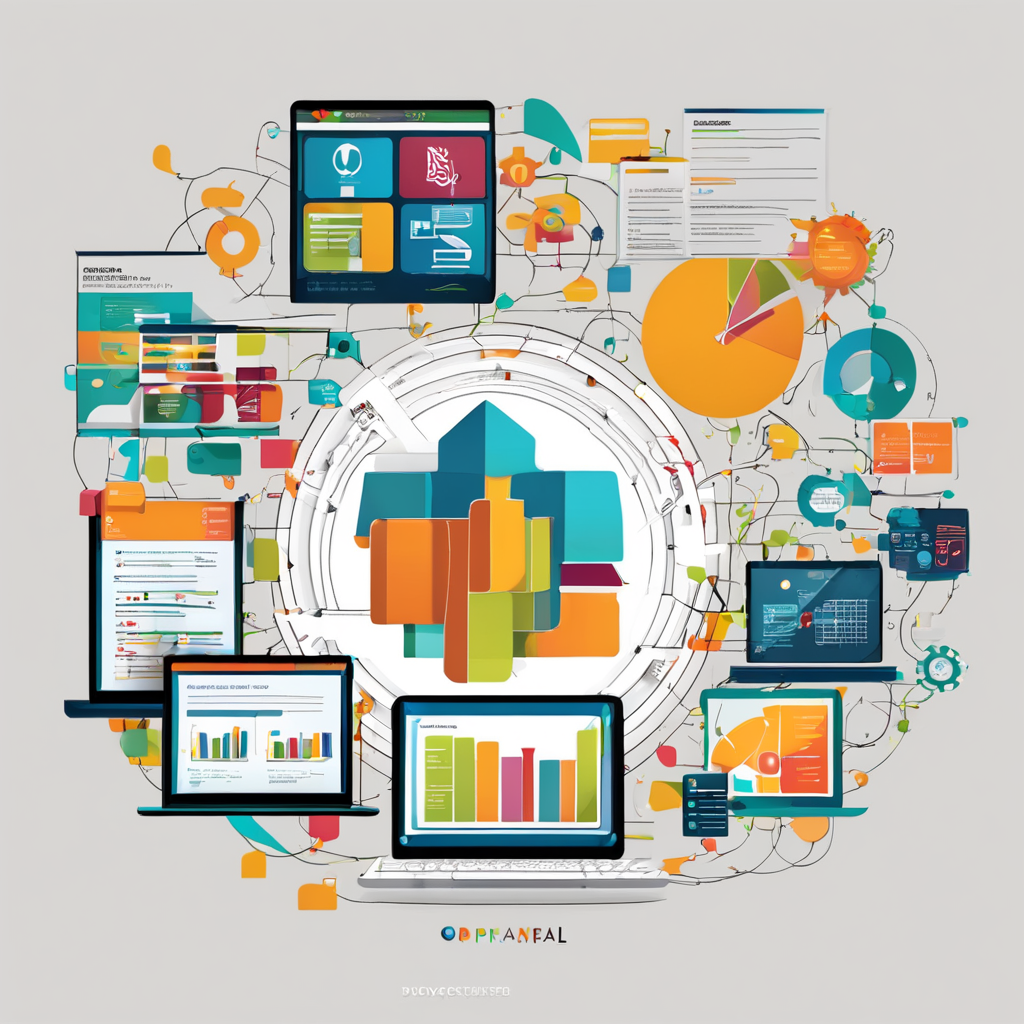IT Management Software plays a crucial role in today’s business landscape, helping organizations streamline their operations, enhance efficiency, and ensure smooth functioning of their IT infrastructure. From small businesses to large enterprises, the need for effective IT management tools has never been greater. In this article, we will explore the key features and benefits of IT management software, its importance in modern business environments, and how organizations can leverage these tools to achieve their strategic objectives.
One of the primary functions of IT management software is to provide a centralized platform for monitoring and managing various aspects of an organization’s IT infrastructure. This includes network monitoring, performance optimization, security management, and asset tracking. By consolidating these functions into a single dashboard, IT managers can gain a comprehensive view of their IT environment and quickly identify and address any issues that may arise.
In addition to monitoring and management capabilities, IT management software also offers automation features that can help streamline routine tasks and improve operational efficiency. For example, automated software deployment can simplify the process of installing and updating applications across multiple devices, saving time and reducing the risk of errors. Similarly, automated alerts and notifications can proactively notify IT staff of potential issues, allowing them to take corrective action before problems escalate.
Security is a top priority for organizations of all sizes, and IT management software plays a critical role in safeguarding sensitive data and protecting against cyber threats. With features such as vulnerability scanning, patch management, and endpoint protection, IT management tools help organizations strengthen their defenses and ensure compliance with industry regulations. By implementing robust security measures, businesses can minimize the risk of data breaches and reputational damage.
Another key benefit of IT management software is its ability to track and manage IT assets effectively. By maintaining a comprehensive inventory of hardware and software components, organizations can optimize resource allocation, track license compliance, and plan for future upgrades. Asset management features also help prevent unnecessary expenses by identifying underutilized resources and eliminating redundant hardware or software.
Cloud computing has revolutionized the way businesses operate, allowing for greater flexibility, scalability, and cost-efficiency. IT management software that supports cloud integration enables organizations to manage both on-premises and cloud-based resources from a single interface, ensuring seamless connectivity and visibility across hybrid environments. This unified approach simplifies IT management and enhances agility in response to changing business needs.
IT management software is not just about technology – it also plays a crucial role in aligning IT initiatives with business goals and driving strategic decision-making. By providing real-time insights into key performance indicators, such as system uptime, resource utilization, and service levels, IT management tools empower organizations to make data-driven decisions that enhance operational efficiency and support growth objectives. This actionable intelligence is invaluable in today’s competitive market landscape.
The scalability of IT management software is another advantage that appeals to organizations looking to grow and adapt to changing market conditions. Whether a business is expanding its operations, adding new services, or undergoing a digital transformation, scalable IT management tools can accommodate increasing demands without compromising performance or security. This scalability ensures that organizations can future-proof their IT infrastructure and remain agile in a rapidly evolving business environment.
Collaboration and communication are essential components of effective IT management, particularly in distributed or remote work environments. IT management software that includes collaboration features, such as chat, document sharing, and task assignment, enables IT teams to work together seamlessly and resolve issues more efficiently. By fostering collaboration and knowledge sharing, organizations can enhance productivity and innovation within their IT departments.
In conclusion, IT management software is a versatile and indispensable tool for organizations seeking to optimize their IT operations, enhance security, and align technology investments with business objectives. By leveraging the features and benefits of IT management tools, businesses can improve efficiency, reduce costs, and gain a competitive edge in today’s digital economy. As technology continues to evolve, investing in robust IT management software will be essential for organizations looking to thrive in an increasingly complex and interconnected world.
